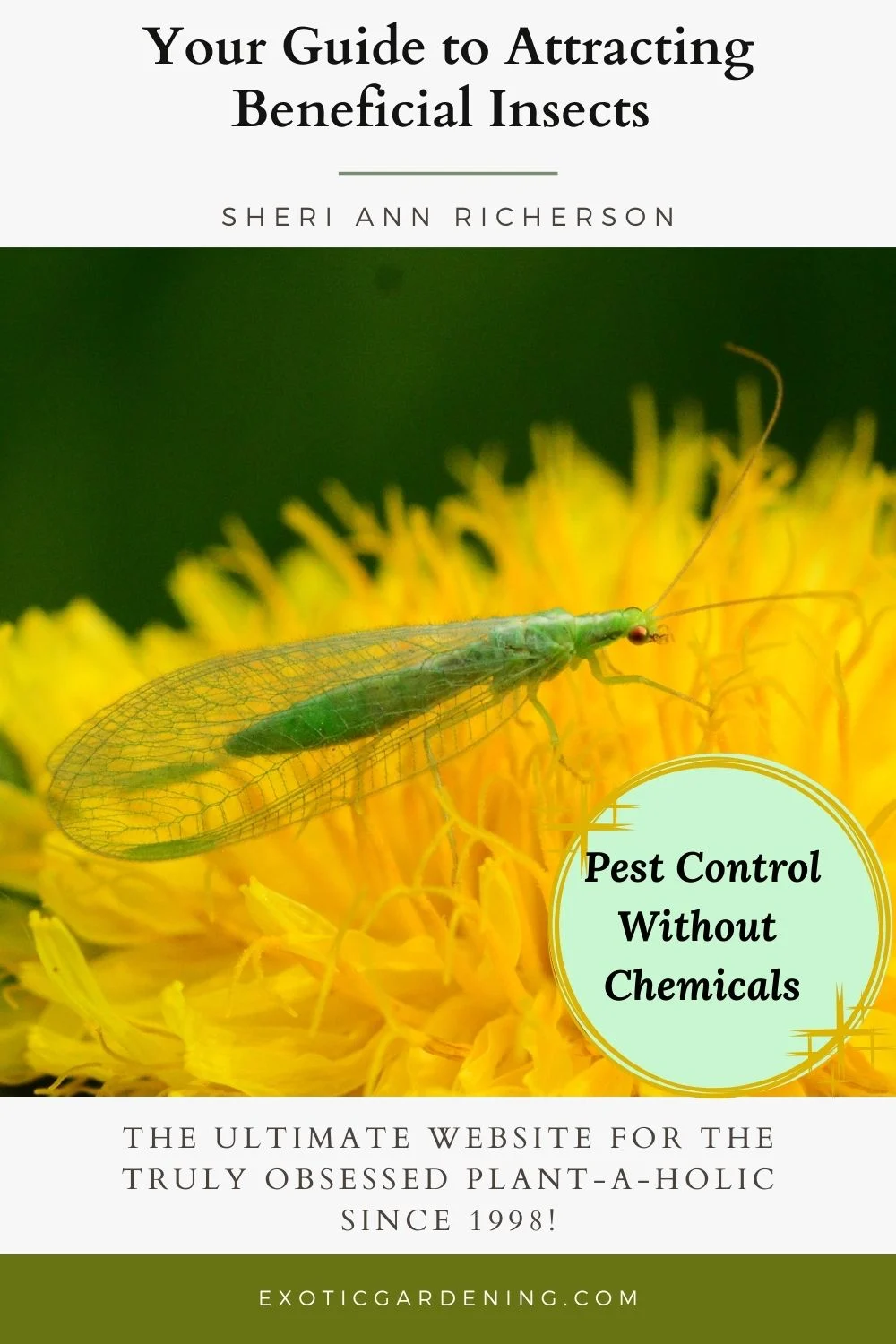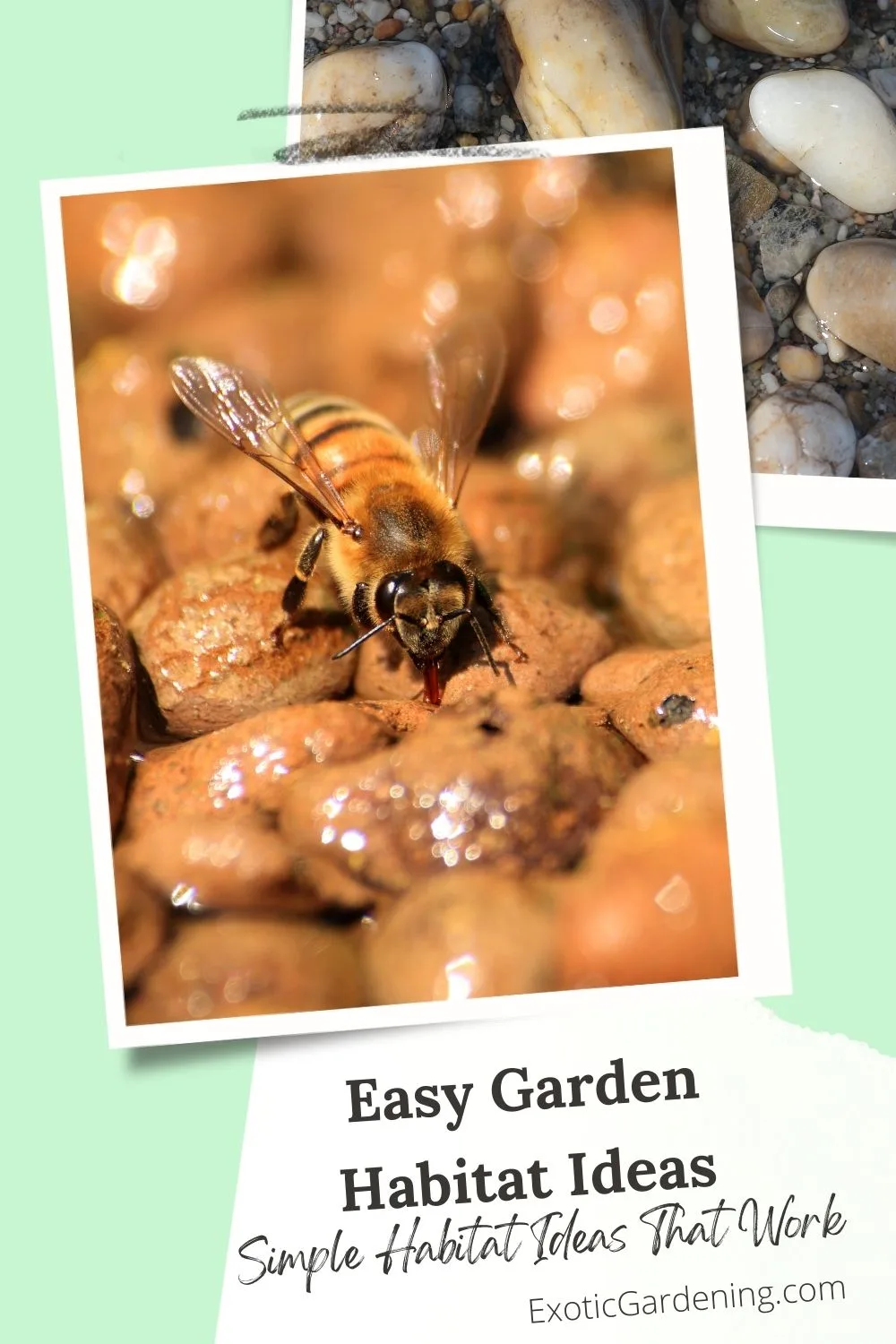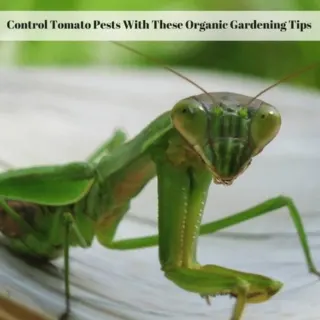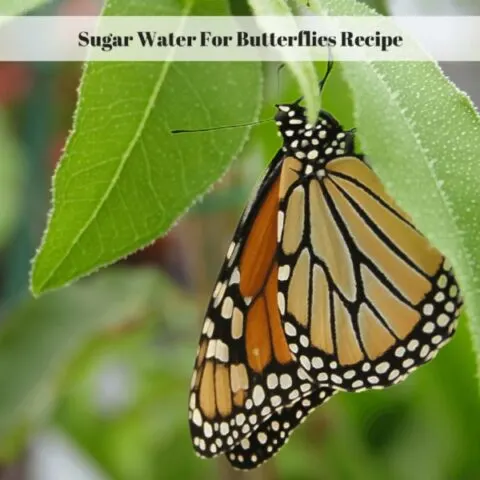Attracting beneficial insects to your garden isn’t just “nice to have," it’s one of the smartest things you can do for a thriving, balanced ecosystem right outside your back door.
While it’s easy to think only about the pretty pollinators like butterflies and honeybees, there’s a whole army of good bugs quietly working to keep your plants healthy and your harvests plentiful.
These hardworking allies prey on garden pests, pollinate blossoms, and even help break down organic matter into rich soil.
The trick is giving them what they need to stick around: food, water, and shelter.
And no, you don’t need to invest in fancy bug hotels unless you want to.
Many of these helpful insects are happy with the simple, natural spaces you can create in your garden.
Why Beneficial Insects Matter
Beneficial insects are the unsung heroes of the garden.
Ladybugs devour aphids by the dozens.
Lacewings consume thrips, mites, and other soft-bodied pests.
Hoverflies not only eat pests in their larval stage but also pollinate flowers as adults.
Even ground beetles and certain wasps play an important role in keeping destructive insects under control.
When you encourage these beneficials, you reduce your reliance on pesticides, which in turn protects your soil health, pollinators, and the overall balance of your garden’s ecosystem.
Plus, there’s something magical about walking into a garden alive with movement, knowing that every flutter and buzz is working in your favor.
Providing Shelter for Beneficial Insects
Just like birds, bees, and butterflies need safe nesting and resting areas, beneficial insects need the right kind of shelter to thrive.
Tall grass, thick shrubs, and lush foliage create perfect hiding places for these small garden warriors.
Leaving some areas of your garden a little wild can make all the difference.
While decorative bughouses or insect hotels can be fun to build and look charming in a garden, they’re not strictly necessary.
Nature often does the job better.
A patch of untamed grass, a dense hedge, or a bed of perennials can offer safe spaces where beneficials can lay eggs, hide from predators, and overwinter.
Supplying Water the Right Way
Water is essential, but for insects, deep pools are dangerous.
A source of shallow water is ideal.
Something as simple as a small dish or a birdbath with flat rocks in it will do the trick.
The rocks provide landing spots so insects can drink without drowning.
Be sure to change the water every couple of days.
This keeps the supply fresh and prevents mosquitoes from moving in.
You can also create shallow puddles in bare soil, but make sure they aren’t deep enough to trap small insects.
Leaving Some Bare Soil
Mulch is wonderful for regulating soil temperature and moisture, but if you want to attract beneficial insects, it’s a good idea to leave a few small areas uncovered.
Many insects need bare soil for nesting, basking, or accessing minerals.
If possible, create shallow depressions in these bare patches where water can collect after a rain or from a drip hose.
Just remember to keep these puddles shallow so insects can safely access them.
Choosing Plants That Attract Beneficial Insects
The fastest way to draw beneficial insects into your garden is to plant what they love to eat.
That means a mix of nectar-rich flowers and plants that host the insects’ prey.
Consider planting:
-
Dill, fennel, and parsley – attract lacewings, ladybugs, and parasitic wasps.
-
Yarrow and alyssum – draw hoverflies and tiny beneficial wasps.
-
Sunflowers and cosmos – irresistible to a variety of pollinators and predatory insects.
-
Native wildflowers – these often bloom over long periods, providing a consistent food source.
By planting a variety of blooms that overlap in flowering time, you can ensure your beneficial insects have food from early spring through fall.
Avoiding Harmful Practices
Even the most well-planned beneficial insect habitat can be ruined by one thing, pesticides.
Many insecticides don’t discriminate between good bugs and bad bugs.
Instead of chemical sprays, focus on natural pest control methods, like hand-picking pests, using row covers, and encouraging predator-prey balance.
If you must spray, opt for targeted organic treatments and apply them in the early morning or late evening when beneficials are less active.
Year-Round Habitat Tips
To keep beneficial insects coming back year after year, think beyond the growing season.
-
In fall, leave some seed heads and stalks standing for shelter.
-
In winter, resist the urge to over-tidy your garden; leaf litter and plant debris provide crucial overwintering spots.
-
In spring, delay cutting back plants until temperatures are consistently warm, giving any insects inside a chance to emerge.
This seasonal approach turns your garden into a reliable home for beneficial insects all year long.
Certification Programs for Pollinator-Friendly Gardens
If you really want to take your efforts to the next level, consider getting your garden certified through programs that recognize pollinator-friendly and eco-conscious spaces.
Options include Firefly Habitat Certification, Pollinator Friendly Garden Certification, National Wildlife Federation’s Backyard Habitat Program, and Monarch Waystation Certification.
These programs often provide signs you can proudly display in your garden, which not only highlight your commitment but also spark conversations with neighbors and visitors.
It’s a simple way to inspire others, encourage community involvement, and gain recognition for the hard work you’ve put into creating a haven for beneficial insects and other wildlife.
Bringing It All Together
Attracting beneficial insects isn’t about making your garden perfect, it’s about making it welcoming.
By providing food, water, and shelter, and by creating a safe environment free from harmful chemicals, you’ll build a garden where nature does much of the pest control for you.
The best part?
Once you set it up, these insects will keep coming back on their own.
You’ll spend less time battling pests and more time enjoying your plants, blooms, and harvests, knowing that your little garden helpers are hard at work behind the scenes.
Frequently Asked Questions About Attracting Beneficial Insects
What are the best plants for attracting beneficial insects?
If you want to roll out the welcome mat for good bugs, start with plants they can’t resist. Dill, fennel, and parsley are great for lacewings and ladybugs, while alyssum, yarrow, and cosmos pull in hoverflies and tiny parasitic wasps. Don’t forget native wildflowers—they’re like the local diner your beneficials will visit again and again.
How do I give beneficial insects water without harming them?
Insects need water, but deep containers can be a drowning hazard. A shallow dish or birdbath with a few flat rocks gives them a safe place to land and sip. Refresh it every couple of days so it’s clean, inviting, and mosquito-free.
Do I really need a bug hotel for beneficial insects?
Not necessarily. They look charming and can be fun to make, but tall grass, dense shrubs, and perennial beds often do the job just as well. Nature’s version of a “bug hotel” has been working for centuries.
Can mulch prevent beneficial insects from nesting?
It can if you cover every inch of soil. Ground-nesting insects need bare spots to dig, bask, or gather minerals. I like to leave a few small areas open, and if they form shallow puddles after rain, even better, it’s like a mineral spa for insects.
What beneficial insects should I try to attract?
Some of my favorites are ladybugs, lacewings, hoverflies, ground beetles, and certain wasps. They’re all-natural pest control teams, quietly keeping aphids, mites, thrips, and other troublemakers in check.
How can I avoid harming beneficial insects?
Skip the broad-spectrum pesticides if you can. They don’t know the difference between a pest and a pollinator. If you absolutely must treat an issue, use targeted organic options and spray early in the morning or late in the evening when beneficials are less active.
When should I cut back my plants to protect beneficial insects?
Wait until spring, once the weather is consistently warm. Many beneficial insects spend the winter tucked into hollow stems, seed heads, and leaf litter, so holding off on cleanup gives them time to safely emerge.
Buzzing with Life: The Ultimate Pollinator Series
How to Plant Milkweed: A Comprehensive Guide
Discover a world of milkweed gardening: Sow Right Seeds, Burpee, Lowe's, and Amazon—your complete guide awaits!
My Twixwood Nursery Haul: A Plant Nerd’s Dream Come True
A joyful Twixwood Nursery haul sparked by a GardenComm win - vibrant perennials, fresh ideas, and pure inspiration.
How to Attract Bees: A Gardener's Guide
Discover the art of garden harmony with our guide on how to attract bees. Cultivate a vibrant haven for these essential pollinators!
Monrovia Has The Best Bee, Butterfly And Bird Attracting Plants For Sale!
Discover how to create a vibrant garden with Monrovia's bee, butterfly, and bird-attracting plants. A pollinator's paradise awaits!
Save The Bees! Here Is How To Help #BeeBold
Join the Fight to 'Save the Bees' and Make a Positive Difference with Our Insightful Guide to Bee Conservation.
Cultivating Biodiversity In Your Garden: Plants That Give Back
Discover the art of cultivating biodiversity in your garden with our expert tips on choosing plants that enrich your ecosystem.















